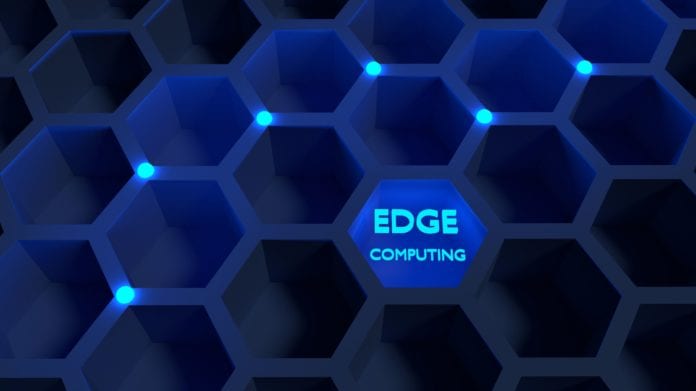AT&T Business exec: ‘2020 is going to be the year of the edge’
An AT&T Business exec says the company it is “doubling down on edge computing solutions” and laid out a three-part strategy with which AT&T is approaching 5G and multi-access edge computing, which includes building out 5G and edge computing in conjunction with each other.
“We’ve said it for a long time – 5G and edge compute go hand in hand,” wrote Mo Katibeh, EVP/CMO for AT&T Business, in a blog post. “Not just how they’re used. How they’re actually built.”
Katibeh said that AT&T has already been putting edge computing into play as part of its initial 5G work with business customers, with applications of the two technologies ranging from health care and manufacturing to drone detection and corporate training.
“Most of our mmWave 5G customers have used on-premise edge compute hardware to deploy a private 5G network for their business,” he added. “This on-premise equipment can also bring new computing options for business applications, and the ability to deploy their own custom applications – which we’ll be sharing more about this year.”
He went on to write that AT&T Business is “working with cloud service providers to add edge compute technology into our network centers as we’re upgrading them for our 5G deployment. And we plan to have edge compute capabilities live in more markets by the end of the year.”
Katibeh outlined a three-point strategy for AT&T Business when it comes to edge and 5G: build 5G and edge together; give business customers a choice on edge and cloud services by working with multiple cloud providers and partners; and build things together, in partnership with both customers and developers.
“We’re not building this in a silo. We’re the networking glue that’s holding all of the pieces together that make computing at the edge possible,” Katibeh wrote. “All signs point to 2020 being an important year for the edge. We’re dedicated to bringing this technology to the forefront of businesses – which is not just going to benefit our business customers, but consumers as well. And now that businesses are starting to understand more of what edge compute can do, the doors are wide open for new ideas on where to go next.”
In related edge computing news, Deutsche Telekom-backed MobiledgeX will be conducting an edge proof-of-concept demonstration later this month in Tokyo, in partnership with Japanese operator NTT DoCoMo.
According to MobiledgeX, the PoC involves a “markerless” augmented-reality application based on the Edge Realities platform offered by Polish software company 1000 realities. Edge Realities “uses space-recognition technology to superimpose AR content on real objects and large spaces without using place markers,” and visitors to a DoCoMo open house event will be able to view the real-time content via smart glasses. The software will be distributed to DoCoMo’s MEC platform and connected to both DoCoMo’s 5G and LTE networks in Japan, and MobiledgeX said that because all the computing is outsourced to the MEC platform and low-latency network, the app “will be fully hardware agnostic and useable on hardware that does not have native AR capabilities.”
“As the telecom edge emerges as a critical location for computing and storage, developers are eager to test application performance on live edge networks,” said Eric Braun, MobiledgeX chief commercial officer. “With more than a dozen operators and counting connected to our global edge network, MobiledgeX is providing the ideal testbeds for helping developers plan worldwide edge strategies. We are eager to demonstrate how the edge can power next-gen AR experiences with DOCOMO and look forward to continued joint collaboration on a range of 5G initiatives targeted to global markets.”

